What's New
Blackbaud Financial Edge NXT releases new features on a regular basis, so keep an eye on this space for details about these additions! Some features will release generally for all customers while others will be available in waves - as small, usable increments. Similarly, some will release to our United States customers first, while support for other locales will be added to future releases. We'll note locales so that you can be aware of what's available.
 Expense management - Toggle image previews for faster verification
Expense management - Toggle image previews for faster verification
Based on your input, you can now turn image previews on or off across Expense Management invoice requests and credit card charges.
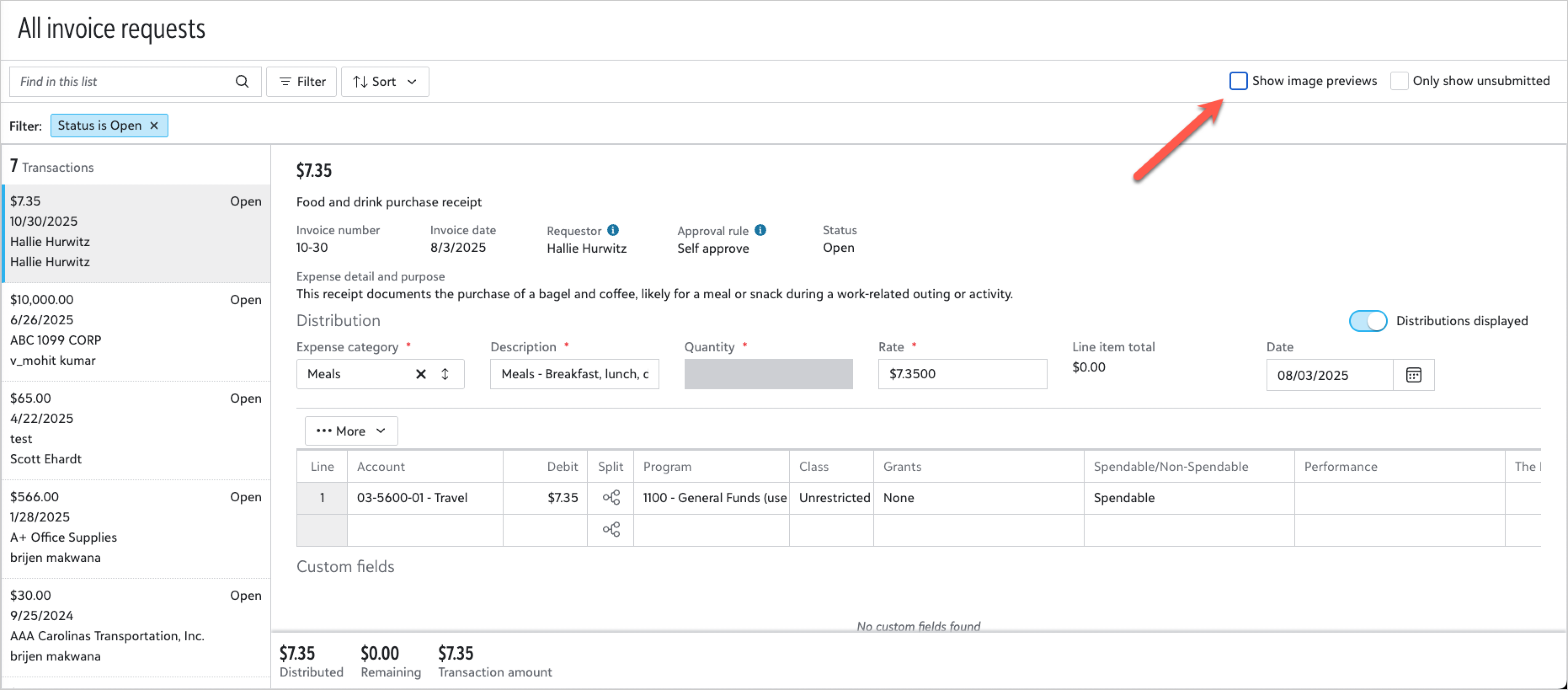
This enhancement gives submitters and approvers the flexibility to quickly view attachments when needed and hide them when not, making it easier to verify form data and streamline your workflow.
Tip: The setting is sticky, so your preference stays in place even after you navigate away or log back in.
 Easily manage returns in Receivables
Easily manage returns in Receivables
Note: Don't see this yet? Processing full returns is currently in Limited Availability (LA) and releasing in waves. During LA, we'll review and implement participant feedback to prepare for general availability. Processing partial returns will be in a future release.
To add a return for a client, you can now reverse an invoice. From an invoice record with unposted line items, select Reverse.
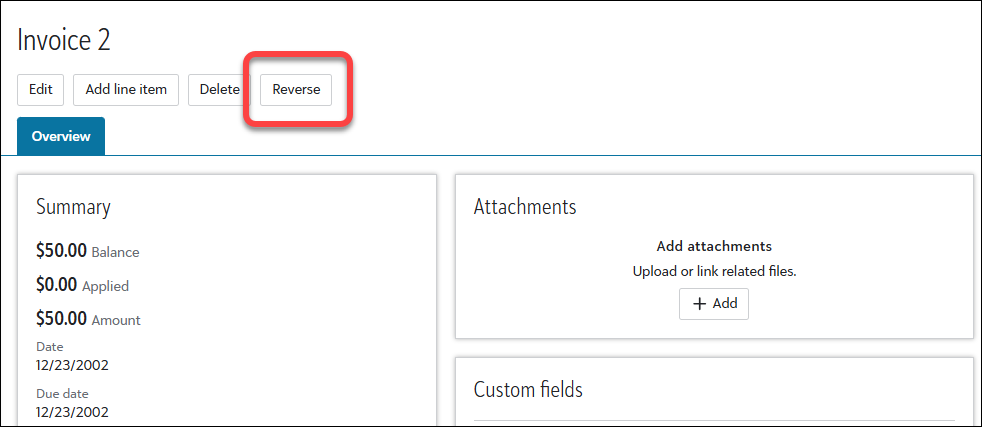
After confirming the reversal and saving the return, existing applications will be removed and new return applications will apply.
Note: You can't reverse an invoice with applications in web view. If the status is Posted, first unapply the application. You can then reverse the invoice to add the return.
You can also edit and delete return records. From the client's record, under Activity, open the return. From there, you can edit or delete the record.
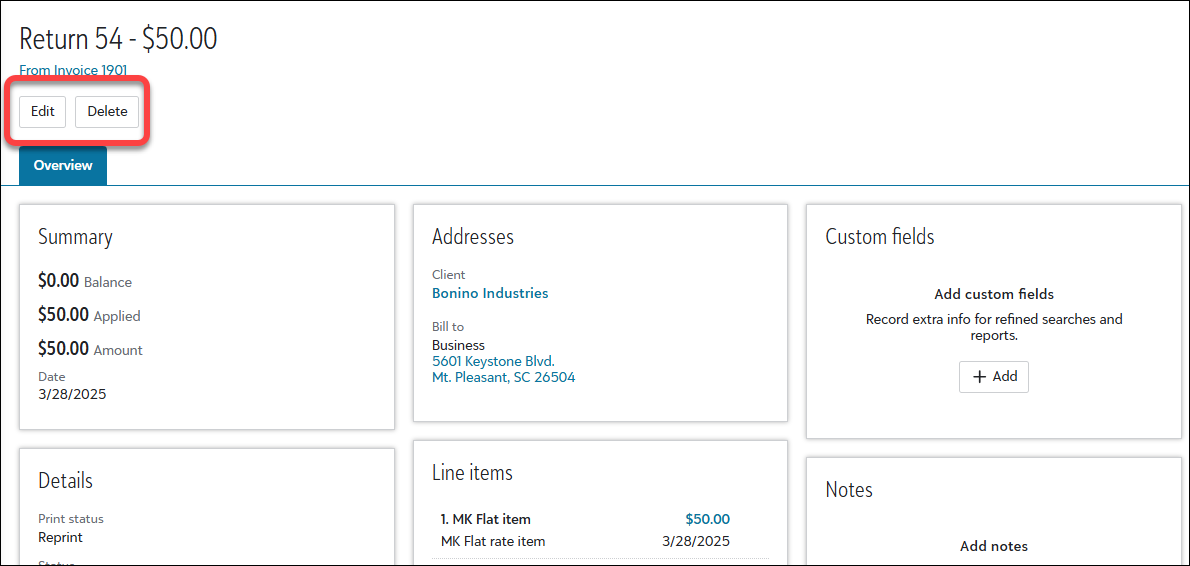
For more details, see Returns.
 Review your pending purchase requests
Review your pending purchase requests
From Expenses, you can now view pending purchase requests from My approvals.
Note: Pending purchase requests are currently view-only. Look for full support in a future release.
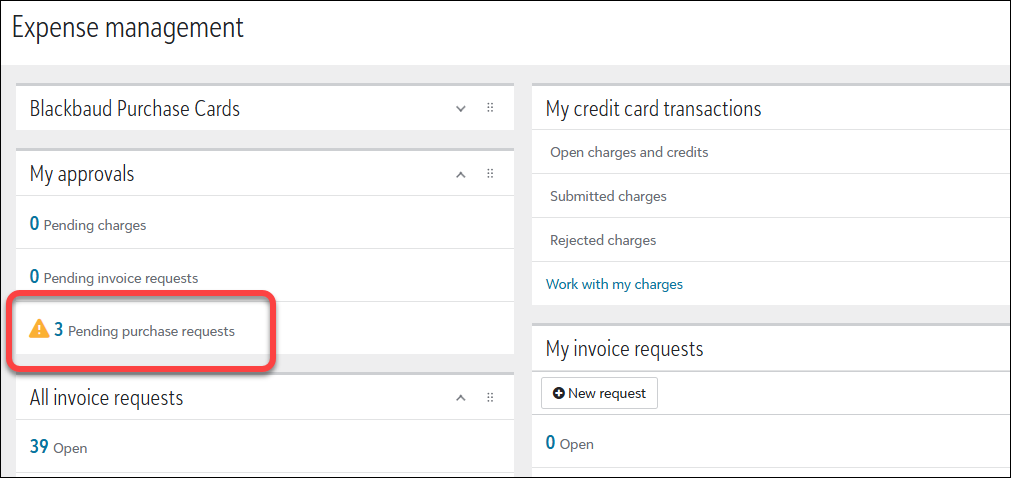
Tip: You can also view these from the new All purchase requests and My purchase requests tiles on the same page.
After selecting the number next to Pending purchase requests, transaction details for the purchase requests assigned to you display.
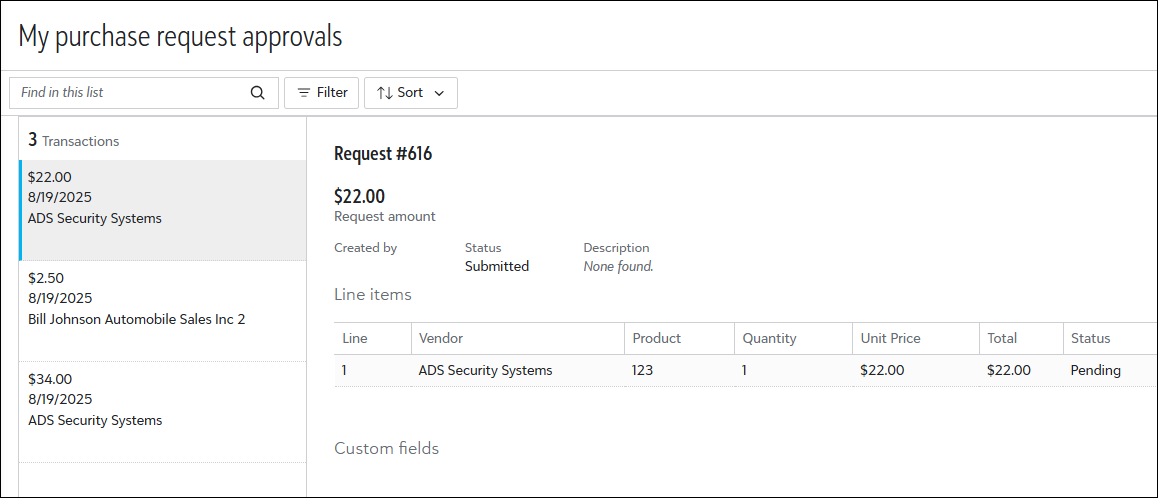
For more details, see My Approvals.
 Streamlining report generation
Streamlining report generation
Note: Don't see this yet? These improvements are in Limited Availability (LA) and are releasing in waves. During the LA, we'll review and implement participant feedback to prepare for general availability.
From Analysis, Reports, you now generate reports in a more efficient and reliable way! Reports process in the background so you can continue working without interruption. When complete, you now access them under your top-level navigation bell, even after you close your browser.

Also, report options have changed. Run and Export have been replaced with four new Generate options that streamline the report generation process, making it easier to select the format that best fits your needs.
-
Generate PDF. Generates a PDF file of the report.
-
Generate Excel. Generates an Excel file of the report that includes multiple report titles and multiple column headers.
-
Generate Excel data. Generates an Excel file of the report that includes one report title with one set of column headers. Use this for custom formulas and calculations.
-
Generate Word. Generates a Word file of the report.

Note: These improvements don't apply to validation and post reports in General ledger.
For more details, watch the demo and review the Generate Reports Tutorial.
Tip: To receive this information as an email, subscribe to the Community blog.
Total Web Solution
As Blackbaud Financial Edge NXT shifts to a total web solution, we're moving features from database view exclusively to web view. As this shift progresses, we'll remove access to these features in database view.
To reduce the risk of service interruptions, gather feedback, and scale as needed, we're releasing these updates in waves instead of deploying everything at once.
For each feature area, we've listed "wave" dates to indicate when a feature area will begin to turn off in database view. If your organization is included in a wave, you will no longer have access to that specific feature beginning on the date listed. It's important to know that you may receive the updates immediately or in a future release.
To review feature areas and dates, see Total Web Solution.